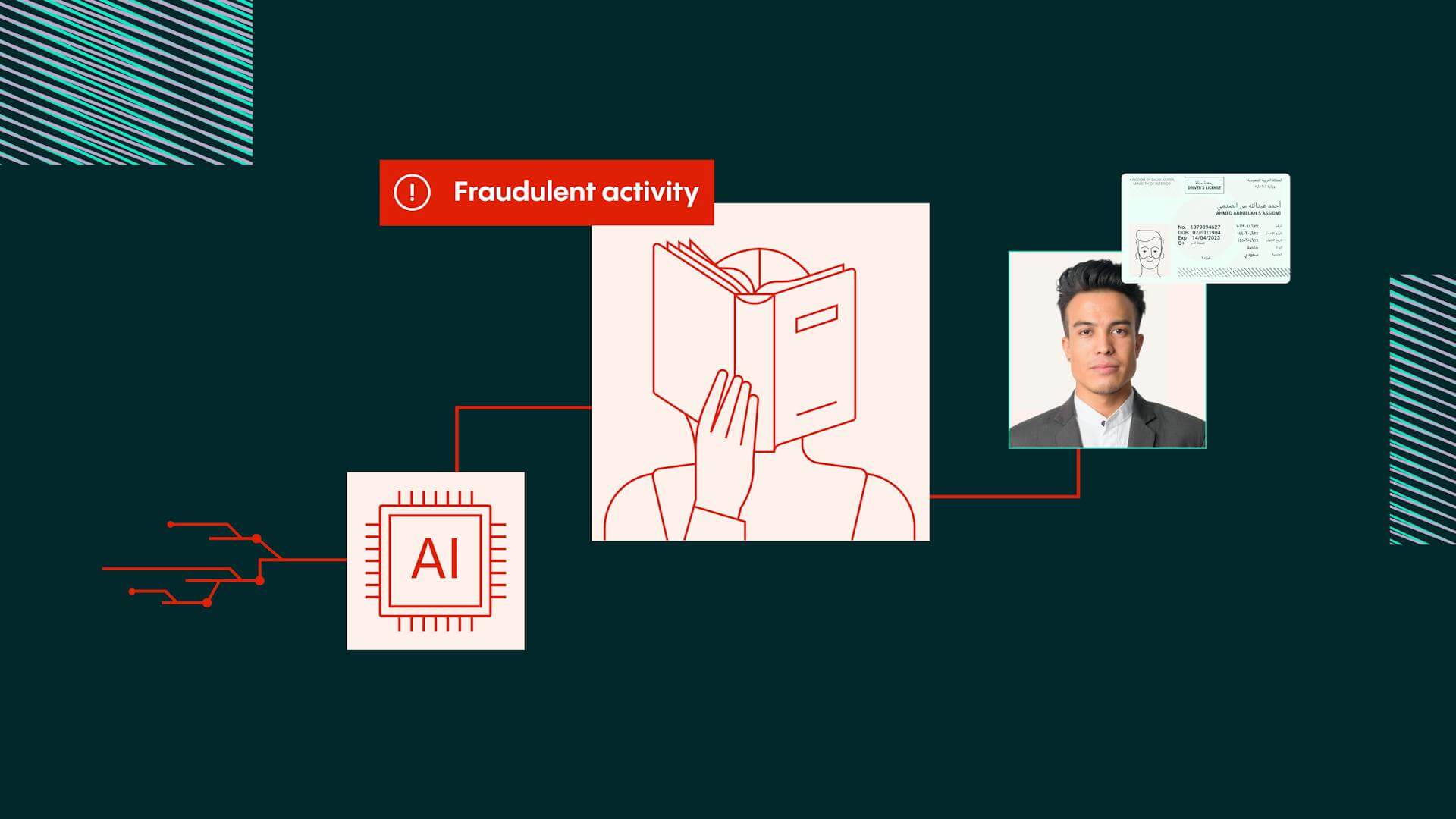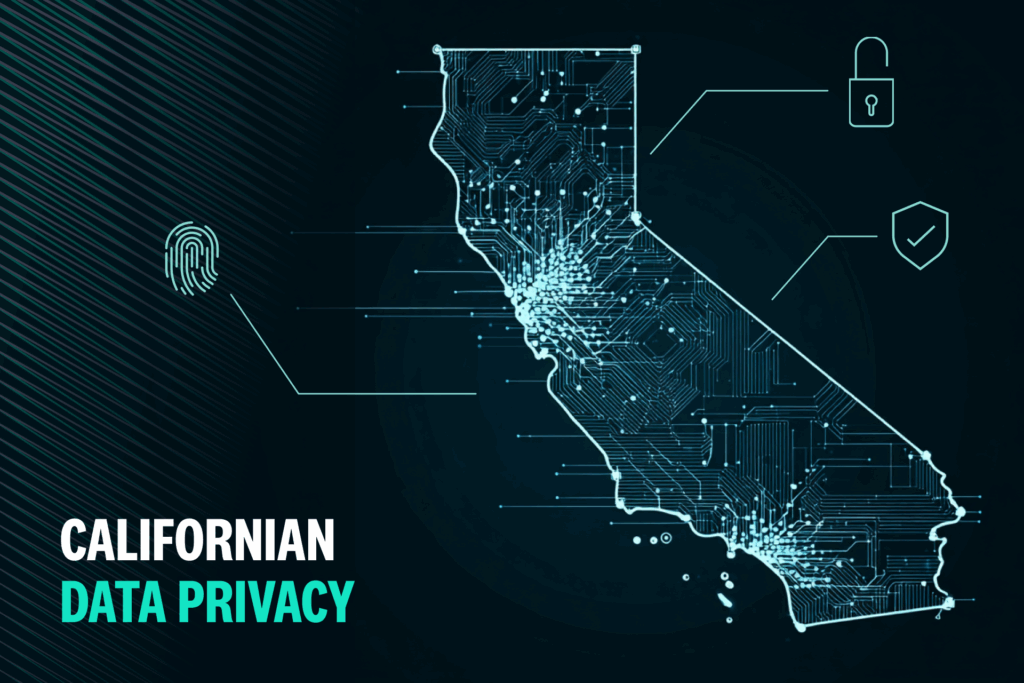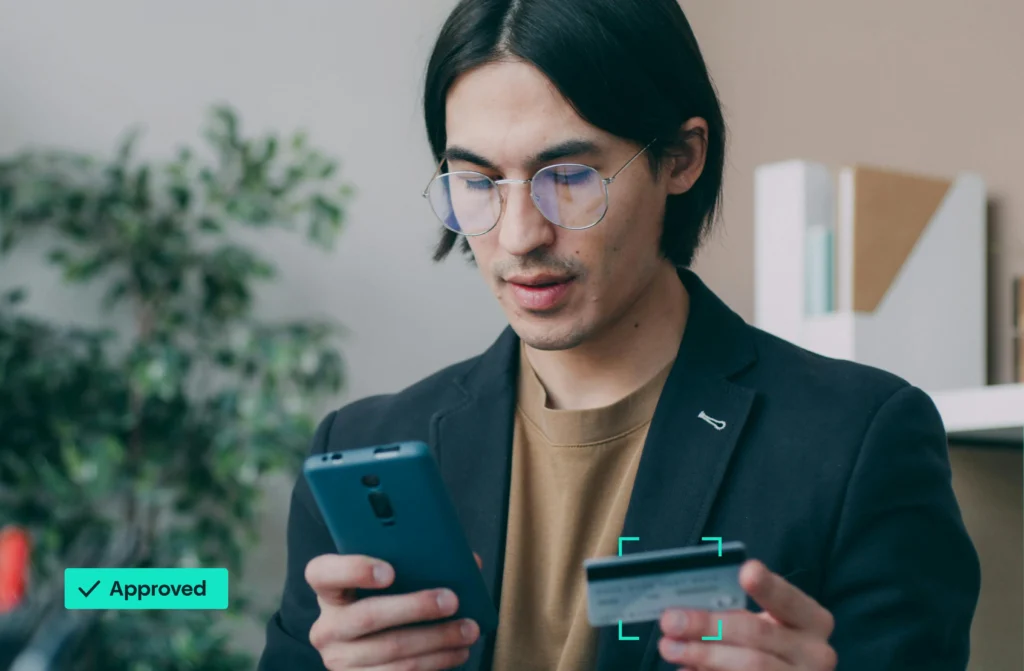Fraud Article
Defrauding AI-powered fraudsters with AI
As online fraud continues to rise, Anton Volkov, Senior Product Manager at Veriff, shared insights on the evolving fraud landscape, the rise of AI-driven fraud techniques, and how Veriff uses its technology to protect businesses and individuals. Here are the main takeaways from the presentation.

1. The fraud reality
Online fraud continues to pose significant risks to companies and consumers:
- 21% rise in online fraud from 2023 to 2024 (Veriff Identity Fraud Report 2025).
- Fraud reportedly costs 9% of company revenue (US Fraud Industry Pulse Survey 2024).
- 75% of customers consider a company’s fraud prevention record before signing up (Veriff Fraud Index 2024, Part 2)
- $43 billion was lost due to identity fraud in 2023 (Federal Trade Commission).
As fraud becomes more sophisticated, Veriff’s solutions aim to stay one step ahead, employing advanced AI to counter the tactics used by fraudsters.
2. Evolution of identity verification
Identity verification has evolved from manual document reviews to sophisticated AI-powered automated checks. The early IDV process, while effective, was costly and time-consuming. Today, the IDV landscape demands:
- Higher document specimen coverage. For example, Veriff supports over 12,000 government-issued IDs.
- Additional data checks, such as personal data or KYC checks.
- Collaboration with governmental databases and registries.
- Compliance with stringent regulatory standards.
- Fast, automated decision-making to reduce latency and operational costs.
3. The rise of synthetic fraud and deepfakes
One of the fastest-growing types of fraud today is synthetic identity fraud, where fraudsters combine real and fake information to create new non-existent identities. Unlike traditional identity theft, synthetic fraud has no immediate victim, making it harder to detect.
Challenges of synthetic identity fraud (SIF):
- Hard to detect: Fraudsters create identities using inactive Social Security numbers, often from children, which can bypass traditional credit checks.
- Long fraud lifecycle: SIF allows fraudsters to build up credit over time, leading to significant financial losses when they eventually “bust out” with high-value fraud.
- High costs: Synthetic fraud contributes to 10-15% of credit card charge-offs in unsecured lending.
- Impact on real people: While synthetic identity fraud has no immediate victims and it allows fraudsters to stay unnoticed, SIF can still affect innocent individuals whose data, such as SSNs, are used without their knowledge, damaging their credit scores.
4. Veriff’s approach to fraud detection
Veriff combats synthetic identity fraud using a multi-modal approach that combines AI, machine learning, and anomaly detection. Key tactics include:
- Document anomaly detection and cross-verification with registries.
- AI and ML models for authenticity checks, analyzing thousands of data signals from selfies, documents, and videos.
By deploying sophisticated technology, Veriff ensures that even the most subtle discrepancies can trigger a red flag, reducing the chance of fraud slipping through.
5. Tackling deepfakes
As deepfake technology becomes more accessible, its use in fraud grows. Fraudsters use deepfake images or videos to create fake identities, fooling businesses and consumers alike. Veriff’s solution focuses on:
- Inconsistency checks in facial landmarks, lighting, and shadows
- Facial sentiment analysis to detect unnatural movements
- Metadata analysis to identify discrepancies in the media’s creation source
Veriff’s technology examines multiple images from each session to detect anomalies. For instance, synthetic faces often lack the texture consistency of real skin, an area that Veriff’s AI uses to distinguish real from fake.
6. The future of fraud prevention
To keep businesses and consumers safe, Veriff emphasizes the importance of:
- Awareness of deepfake and synthetic identity risks
- Investment in fraud detection tools and technology
- Implementing advanced security measures for high-risk products, such as passports with enhanced security features
As fraud becomes increasingly sophisticated, it’s essential for businesses to adapt their security protocols. Veriff’s continued advancements in AI-driven fraud detection are at the forefront of this effort, helping businesses protect their customers and maintain trust in a rapidly evolving digital landscape.

Get the Fraud Report 2025
Get the Identity Fraud Report 2025 and discover global data on consumer attitudes to fraud, risk, and digital identity.














